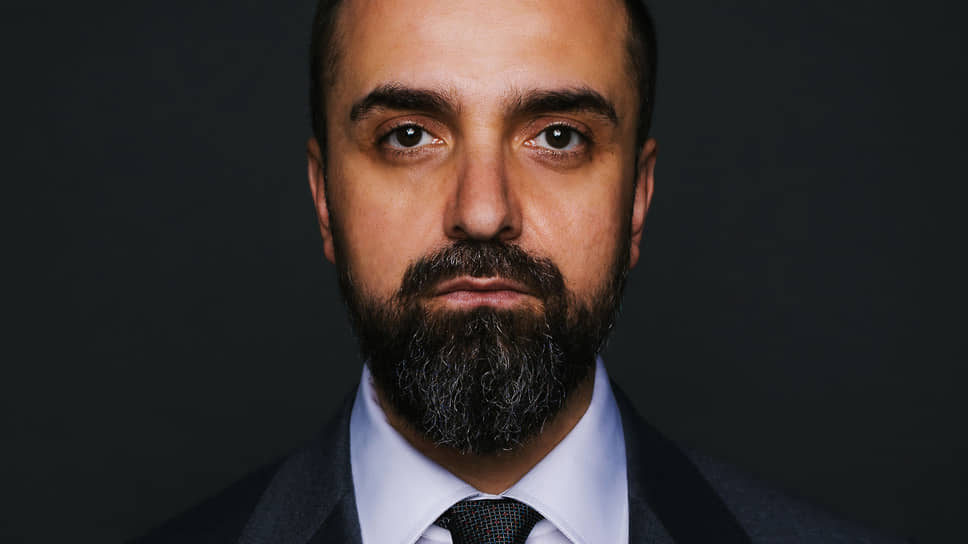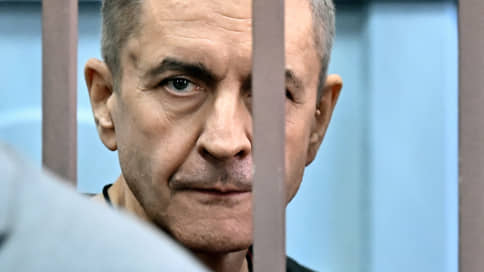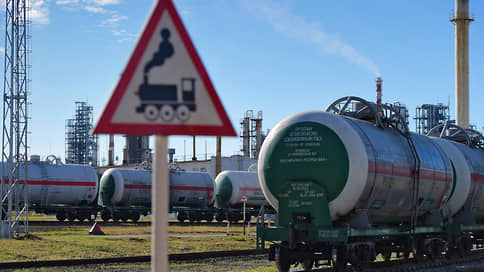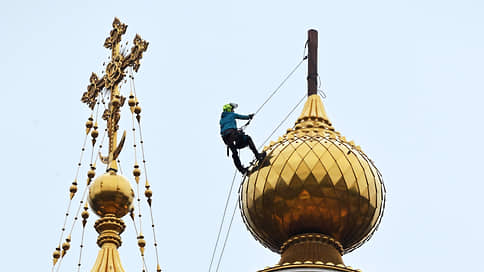Why is not developing in Russia and forecasts for 2025
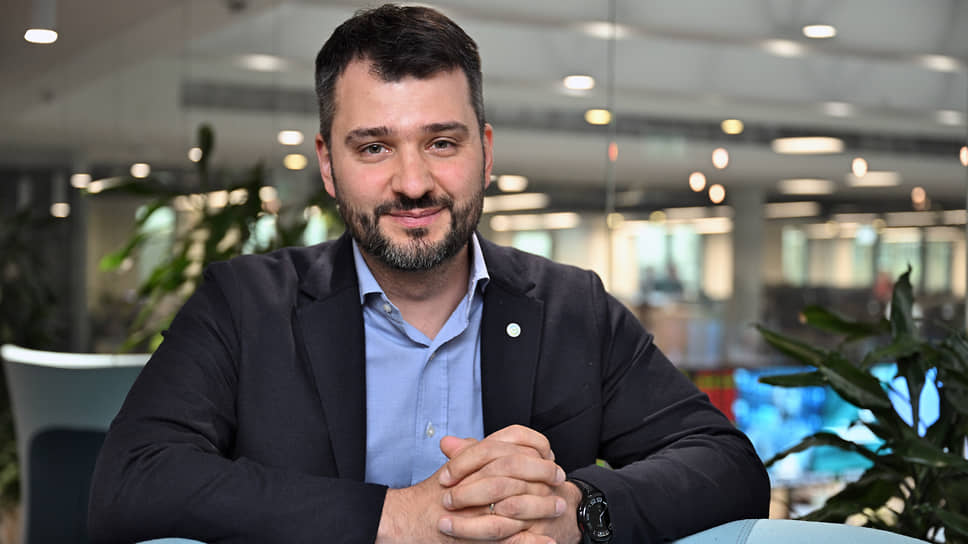
The digital financial assets market is actively developing. However, this is mainly the development of primary placements and short -term instruments, while the issues of secondary circulation, the attraction of a mass investor, and tax restrictions are almost not resolved. While they are under discussion, and some decisions of the information system operators themselves look temporary and local.
The digital financial assets market (Tsf) in Russia demonstrates active growth. According to the Central Bank, in 2024, the volume of information systems placed through operators (OIS) of digital assets exceeded 604 billion rubles, more than nine times higher than the indicator of the previous year. The total volume of the current issues of the TsFF at the beginning of 2025 exceeded 274 billion rubles, which is almost five times more than a year earlier. According to the results of the last year, the number of registered OIS users amounted to almost 279 thousand individuals and 638 legal entities. At the same time, more than 108 thousand individuals and 139 legal entities owned digital assets.
To date, 15 OIs has been operating on the market, and over the past four months, four financial organizations have included in the register. Among the most active platforms of Alfa-Bank, Atomiz, Sberbank, Toceon (part of the PSB group) stood out. At the beginning of 2025, the NRA indicators were increased (part of the Moscow Exchange group) and St. Petersburg Exchange.
The work indicators of the largest OIS in the primary market of the CFA
Open in the new window
*Data on operators based on the assessment of information posted on their sites.
** in two years.
Draw – there is no indicator or the correct calculation is impossible.
N.D. – There is no data.
The OII is ranked by the size of the placed issues of the Central Executive Committee.
So far, most of the issued CFA remains short -term. At the same time, according to Kommersant, based on the data of the Central Bank, the share of tools with a circulation period of to three months over the past year decreased from 62% in the first quarter to 30% in the fourth. However, the share of the issues of the TsFA for a period of more than one year, although it increased by the end of 2024, remains unstable.
Who needs it
The CEO of the Tokeon platform Maxim Khrustalev emphasized that the Central Department Store market shows exponential growth mainly among banks and small businesses. Banks actively use the CFA due to the lack of additional tax expenses, while for non-financial companies such expenses are still a problem.
The share of banks has already crossed the mark of 70%, notes the general director of the blockchain hub platform (Platform of the Central Executive Committee of the Hub, is part of the MTS group) Igor Kuzmichev. Among the most active issuers, Alfa-Bank, Sberbank, PSB (all three banks are placed on their own platforms), as well as the VBRR, VTB, Soskombank, Gazprombank, were distinguished. Their issues often exceed 1 billion rubles, and in some cases (VTB, PSB) reached 15-30 billion rubles.
Small and medium-sized businesses, despite tax difficulties, chooses the CFA due to the convenience of interaction with investors and the flexibility of the tool, notes Mr. Khrustalev. In this case, the volume of placements amounts to tens of millions of rubles, although sometimes up to 500 million rubles reach. They are popular with Sberbank sites, Toceon and Alfa Bank.
Industrial enterprises, developers, the segment of non -bank financial and other services, trading companies and other businesses still occupy a significantly smaller share. However, among them, MTS, Rostelecom, Rusal, MMK, Evraz, Wildberris have already lit up at different sites. According to Yaroslav Murashkin, the head of the Rostelecom debt financing department, the company has already moved to the full use of the Tsf. “One of the issues of 1 billion rubles. At the end of 2024, he was sold out by private investors on the Alfa-Bank platform in less than three hours. For traditional bonds, such a process takes four to five days, ”he said.
According to Mr. Murashkin, the CFA not compete with bonds, but with short -term credit lines of banks, while the rates on them turned out to be lower, which brought the company a direct economic benefit.
In December 2024, at the Sberbank site, his Tsfa placed his Rusal with a binding to the cost of aluminum on LME. The company explained that such a tool allows investors to earn money on the dynamics of metal prices, and Rusal itself considers this direction as a promising in the presence of demand.
The general director of « Atomaise » Alexei Ilyasov noted the growth of the variety of tools. In 2024–2025, unique types of CFA appeared. “Tokeon”, for example, placed tokens provided by the key to real estate and hybrid digital rights to gold and wine. Atomise launched a Fix+smart Active, which protects investors from the fall of the key rate, and art-Tokens tied to works of art. Sberbank is the TsFA commodity for diesel and gasoline, and in 2025 the site came from the CFA to the cocoa and bitumen index. In September 2024, Sberbeling first issued the Tsfa for space launches, which is an analogue of “catastrophic” insurance, when income is not paid upon the occurrence of an insured event. According to the results of the successful launch of the Soyuz-2.1a missile from Baikonur to the ISS, the investors of the project-insurance companies T-insurance, Astro-Volga and Paris-received the maximum profitability of 4% from each acquired Tsfa. The immediate plans of Sberbank – CFA for gold with interest income.
Secondary problems
At the same time, it is worth noting the weak development of the secondary market of the CFA. According to the Moscow Exchange, this is due to the predominance of short -term instruments. According to the Central Bank, in the fourth quarter of 2024, the volume of operations in this market amounted to 46.5 billion rubles, 1.6 times higher than the indicator of the previous quarter. In previous quarters, the results did not exceed 0.6 million rubles.
Therefore, the OIS introduce various secondary trading mechanisms at its own sites. In particular, the Sovcombank began to place the CFA on the St. Petersburg exchange due to the readiness to work according to the nominal holder scheme. As explained by the head of the Broker Service Department, Svokombank Igor Laukhin, “We use the Finenter company as a primary buyer. After that, transactions between her and our clients in the secondary market are immediately drawn. All transactions in the secondary market are fully consistent with the volume of sales of the CF on the initial placement, that is, the Finenter does not hold assets for itself. » In 2025, Atomiz and T-Investments launched an automated secondary trading system, which has already led to an increase in the number of transactions.
The Bank of Russia said that different models were being discussed for the development of the secondary market of the Central Executive Committee. “First of all, it is considered the opportunity to grant the right to exchange operators and operators of information systems to conduct organized auction in the Central Figure on their sites,” the regulator said. It is assumed that trusting managers and brokers will be provided with the OIS platforms. “The second scenario is the release of digital certificates of the TsFA, which will be able to apply on exchanges according to the rules provided for securities,” the Bank of Russia noted.
Another major problem for the Central Department Store market remains taxation. According to Mr. Khrustalev, it is necessary to eliminate the tax arbitration so that issuers can reduce income tax due to expenses for the release of the TsFA, as is the case with bonds.
“Large companies have nothing to close this product in terms of monetary obligations. If this issue is resolved, the largest issuers will be interested in attracting funds for different times. The Tsfa as an instrument will be able to reveal their innovative potential, ”says Alexei Ilyasov.
The Moscow Exchange highlighted another task – attracting a mass investor. Now unqualified investors are actually available only by the CFA for precious metals and tools based on a monetary requirement from high -rated issuers with a guaranteed refund of the face value. In addition, for unskilled investors there is a limit: they can buy CFA worth not more than 600 thousand rubles. per year (excluding the Tsf, tied to the cost of metals). “An essential part of unskilled investors on the Atomiz platform choose the limit in the first month,” complains Mr. Ilyasov.
Experts agree that the risks in the Central Department Store in the Central Department Store are comparable to classic tools. The investor needs to take into account credit risks of the issuer, market and percentage risks of the basic asset and others, emphasizes the innovation director of Alfa Bank Denis Dodon.
Forecasts and prospects
In the long run, the Central Department Store can become a driver for the tokenization of real assets (RWA), such as energy resources or rental equipment, experts say.
In such conditions, professional participants show interest in this market. At the end of 2024 – early 2025, the OIS register included VTB Capital Broker, BCS, as well as the Interregional Registration Center. Sergey Ryabov, head of the Directorate of Digital Financial Assets of VTB, explained that it is planned to « produce not only debt instruments, but also the TsFA for real estate, precious metals and others. » According to Igor Pimonov, director of the BCS Investment BCS, the new tool allows you to expand the list of assets available to investors and increase portfolio diversification.
However, some companies are still more careful in forecasts. Dmitry Lesnov, Deputy Director General of the FG Finams, said that they are still exploring the benefits, « because there are both the pros and cons of this decision. » The Socialist Republic of Socialist Republic noted that the development of smart contracts and regulation can push the bank to create its own OII in the future.

